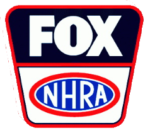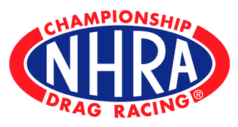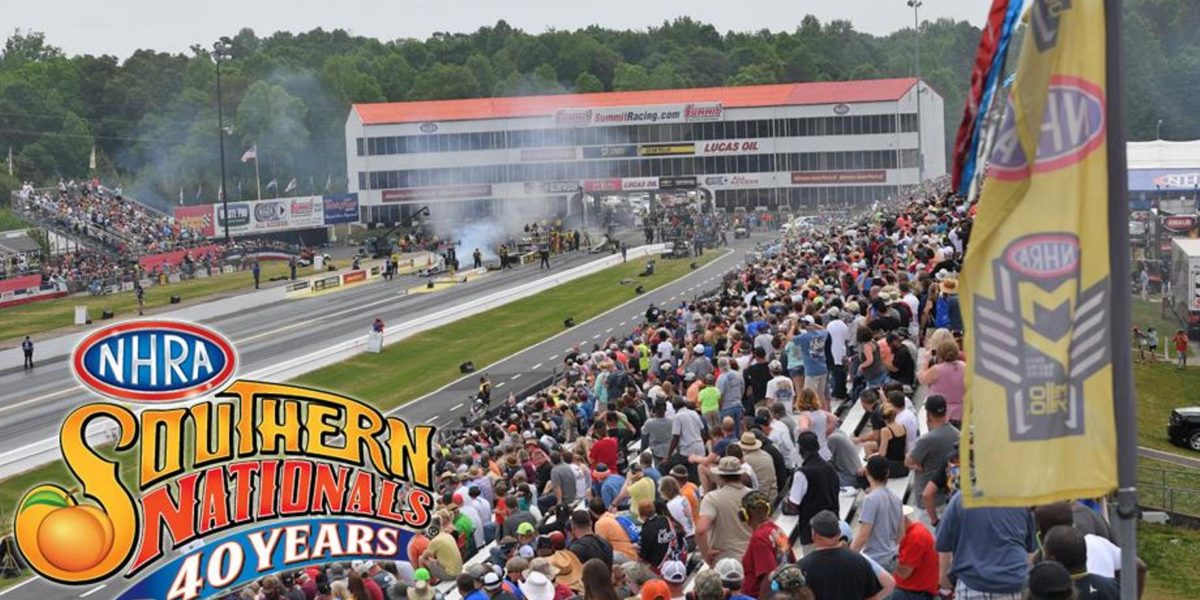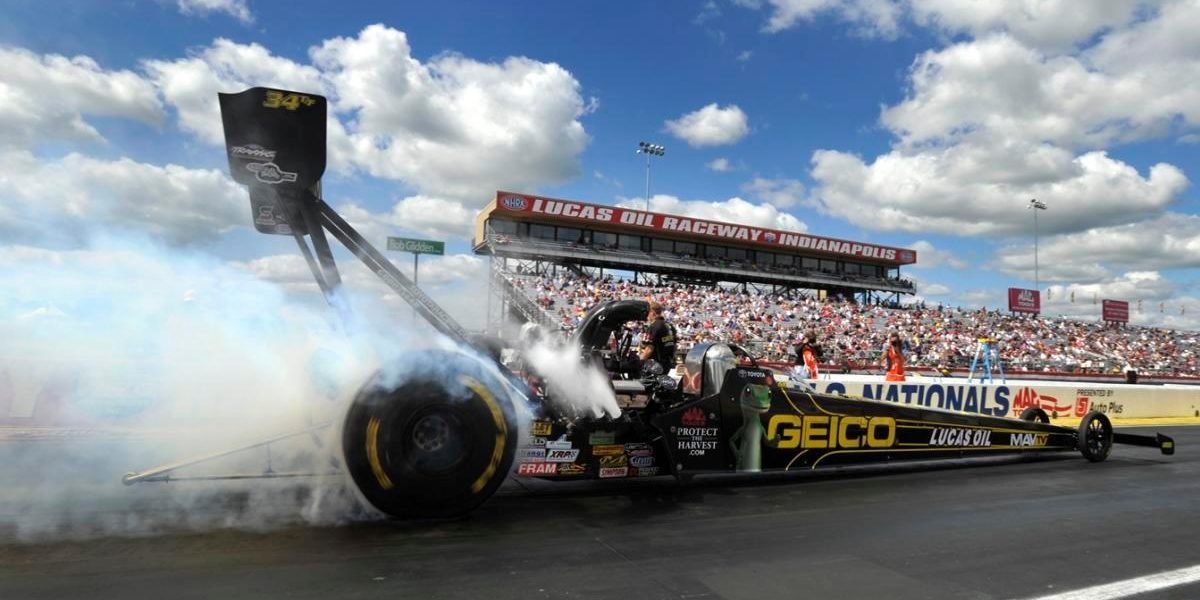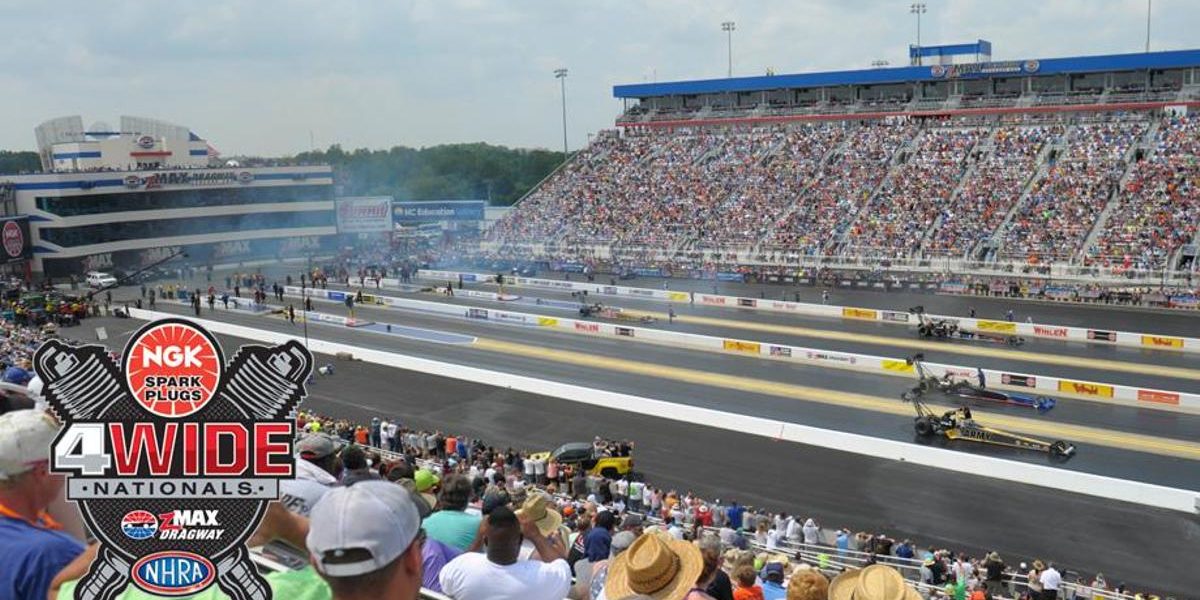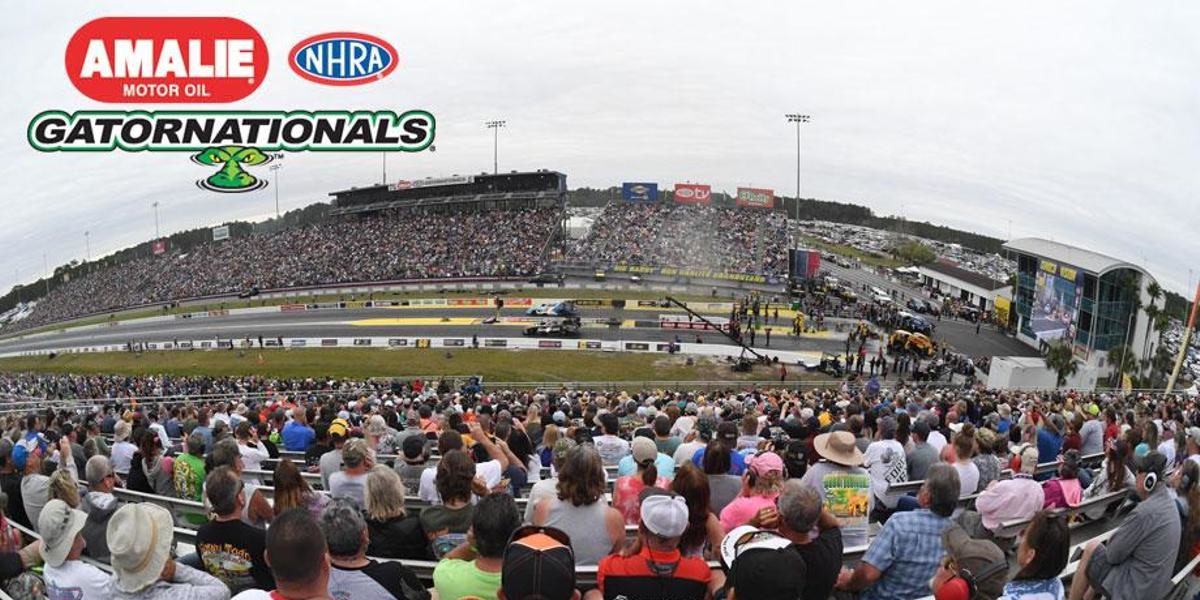Analysis of Flow Through Roots Blower Systems
ABSTRACT
Kinematic analysis of a Roots blower with involute flanks and circular root and tip sections is explained. The thermo-fluid model for the blower is described. Two mathematical models have been used to model the blower and its piping system. In the first model flow is assumed steady in the pipes,whereas In the second the unsteady flow in the pipes is taken into consideration. Leakage from the pressure side to the suction side of the blower is treated with a simple model.
The change of volumetricefficiency at different operating conditions is given. It is possible to investigate the property variations with time at different parts of the blower system with the computer program written.
Qualitative comparisons of the results with experimentalones are satisfactory.
